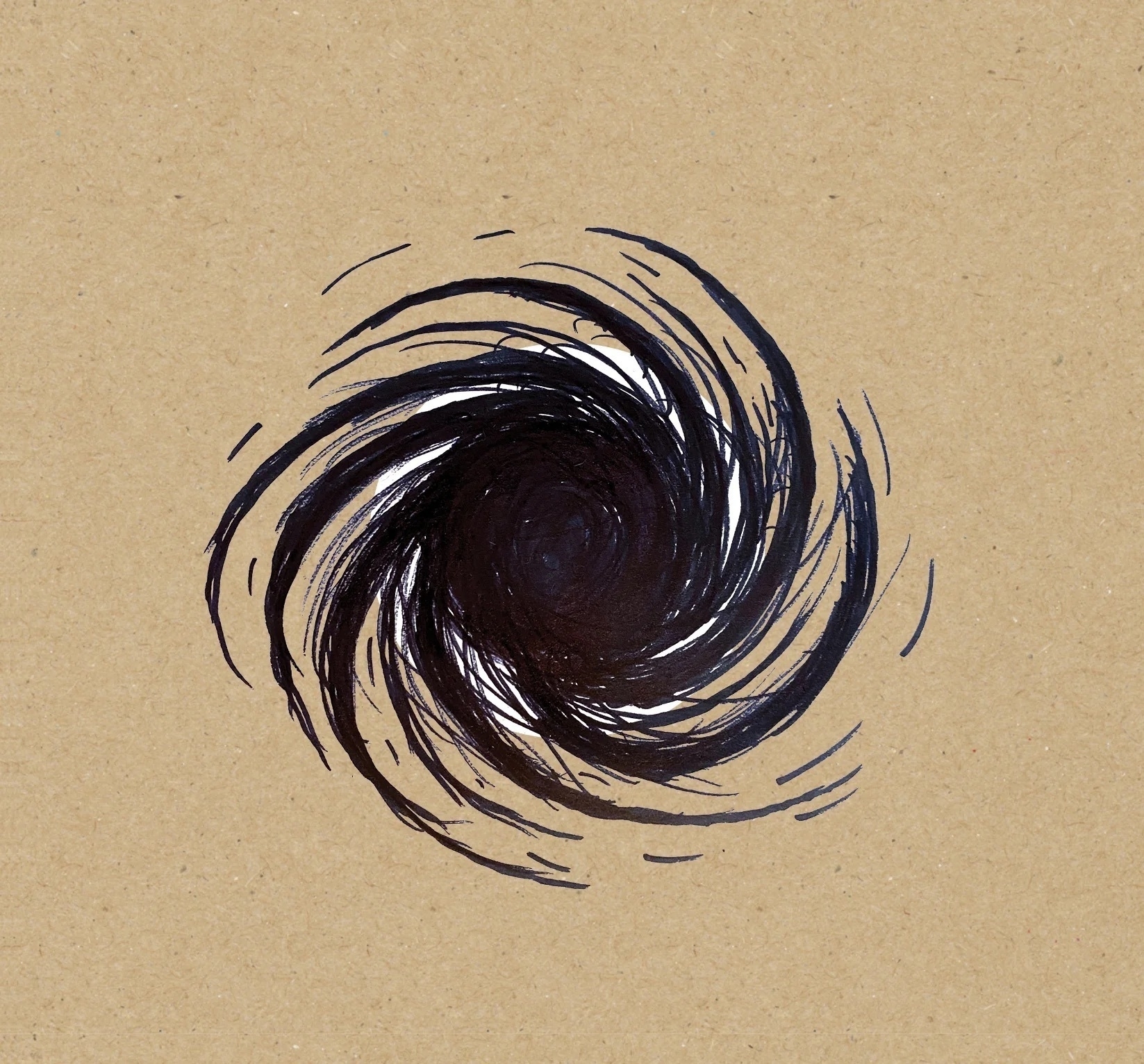Swans’ Live Rope: Flawless and Relentless

Late last century, I deejayed at WMFO, or “MOFO,” as we called it, a name we wore like a badge, equal parts affection and defiance. It was a place of freeform madness, and it would not be incongruous, for example, to hear Hank Williams segueing directly into some Tuvan throat singing. The station was staffed chiefly by hardcore music nerds, the kind who could sermonize about Peter Brötzmann’s latest free jazz album and then go on to play his album during their show to make converts out of the uninitiated. It was there that I learned the depths of sound, my mind opened to music I still carry with me today. And it was there I first heard Swans.
They had already crossed my radar with The Burning World, a 1989 release that traded their bleak, bludgeoning industrial sound for their bleak, beautiful acoustic sound. The album failed, and Swans were cast adrift, only to return with the devastating White Light from the Mouth of Infinity. The double-length album was on constant rotation at WMFO and my Sony Walkman. How to describe it? Imagine Cormac McCarthy fronting a blues band at the end of days. Its brilliance was total, but “Failure” stood above all—a track that left me hollowed and in awe. Here’s an excerpt to give you a feel for the album.
When I get my hands on some money
I’ll kiss its green skin
And I’ll ask its dirty face
“Where the hell have you been?”
Time passed. Swans faded from my world. To listen to them is no casual affair; they demand surrender, and I found myself unwilling. Years slipped by. Then one day, perusing Spotify, I wondered what the hell had become of them. Seven albums, it turned out. Seven testaments to their ferocity. I listened to them all and fell once more into their embrace.
When Swans announced a Los Angeles show, I bought tickets without hesitation. But the pandemic came, and the dates were rescheduled, rescheduled again, then canceled. I was crushed.
Now, post-pandemic, I’ve yet to see them live. But a while back, they announced their Live Rope fundraiser album, and I ordered a copy without hesitation. I promptly forgot about it until it arrived this week. And I have not, cannot, stop listening to it.
Live Rope stands as a monument to intensity, grit, and raw artistry. A thing forged in wildness, its recording as pristine as its spirit is untamed. It is unforgettable, a testament to what music can do when it is unbound. The opening track, “Rope,” sets the tone—a dark and chaotic world of distorted guitars and writhing drums, the vocals twisted and unholy.
At the heart of the album is “The Beggar,” a beast of 53 minutes, each second spent remaking itself. Ambient whispers give way to frenzied eruptions, Swans’ frontman, Michael Gira, voice is an unhinged prophet, dragging you through cycles of chaos and resolve until it crashes into a final, thunderous ruin. It is not for the faint-hearted, its length a challenge to endurance, yet it rewards those who stay with it, who let themselves be taken.
Then comes “The Hanging Man.” The bassline funky, the drums grooving, Gira’s vocals now scatting, wild, untamed. The track thrums with primal energy, its production so sharp and precise it feels like a living thing.
“Away” slows the pace, droning and linear, a piece less dynamic but still compelling. It carries a quiet gravity, a deep cut pulled from the depths of “The Beggar.” Its climax, a dark organ exploding in shadow, stands among the album’s finest moments.
The closer, “Cathedrals of Heaven,” is a fitting end. Droning organ, groovy bass, pounding drums—all converge in a sound both treacherous and divine. The groove is addictive, the atmosphere near perfect, leaving the listener yearning for more.
This album is among Swans’ finest, its tracks nearly flawless, its vision relentless. It is no surprise that it is celebrated, a live release monumental in its scope.
Do yourself a favor and purchase the album to experience it yourself.